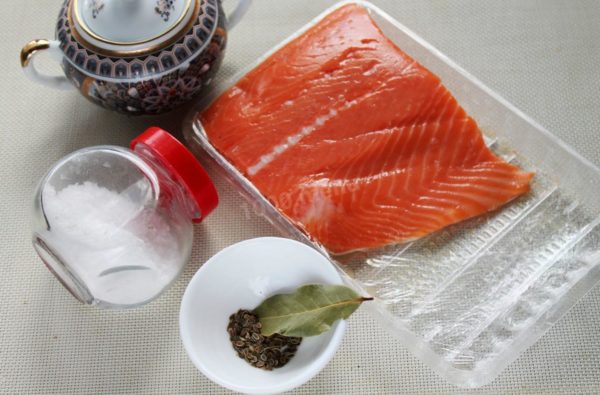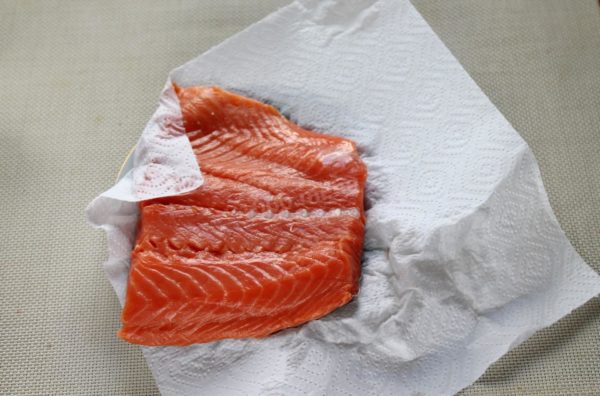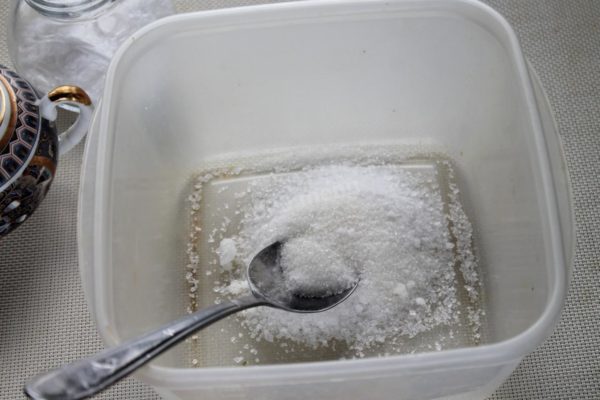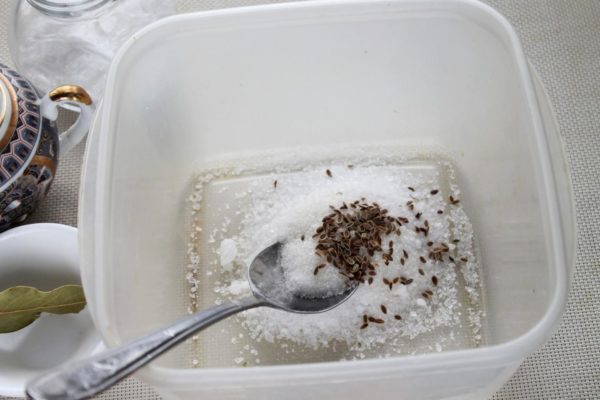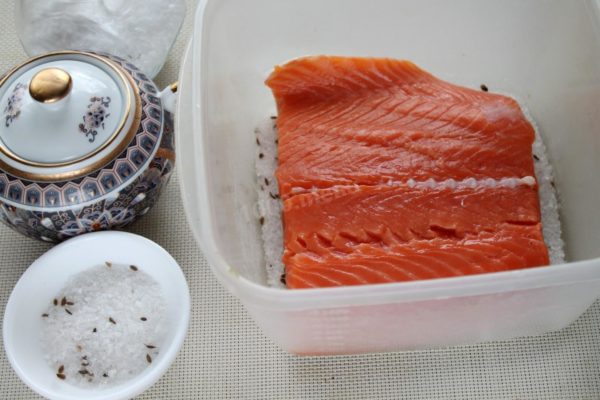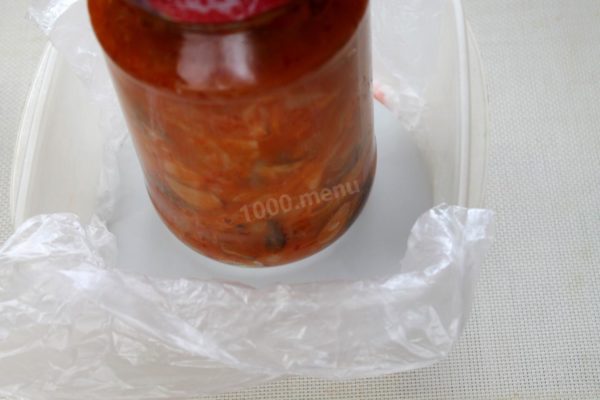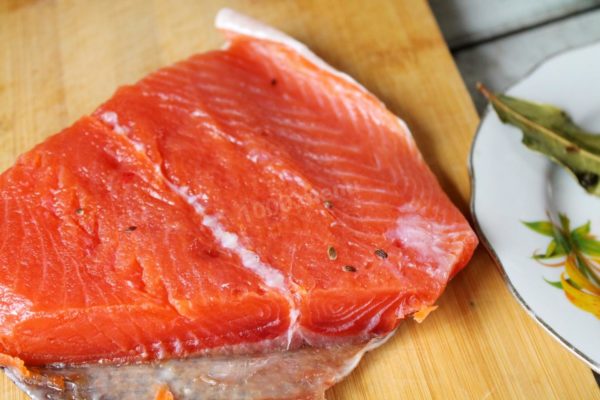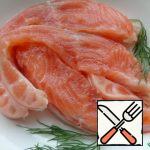Vibrant, delectable, and incredibly flavorful – a true delight that effortlessly melts in your mouth! Lightly salted trout proves to be a delightful addition to both festive gatherings and everyday meals. When thinly sliced, this fish becomes an eye-catching centerpiece, capturing everyone's attention with a taste that leaves no one indifferent.
Instructions
- Cover the dish with the salted fish using plastic wrap, and add a plate with a suitable weight on top. Allow the trout to rest in a cool place for 1-2 days. Extended salting, followed by soaking in ice water, enhances the fish's texture, making it elastic and suitable for thin slicing. During colder seasons, you can place the salted trout under pressure on the balcony; otherwise, refrigerate it.
- After a day, flip the fish, reapply the weight, and continue the process. Once the designated time has passed, remove the fish from the brine, rinse thoroughly under cold water, pat dry with a paper towel, and taste. Adjust the salinity by soaking the trout in ice water for 1-2 hours if needed. Pat the fish dry again before cutting it into thin slices for serving.
Recipe Notes
For extended storage, freezing the prepared fillets is a viable option. Utilize convenient containers such as plastic containers or zip bags for this purpose.
When filleting a whole fish, follow these steps for optimal results:
- Remove the tail, head, and fins.
- Cut the carcass along the spine, parallel to the backbone.
- Turn the fish on its side.
- With a sharp knife, carefully separate the meat from the backbone bone.
- Flip the carcass over and repeat the filleting process on the other side.
- Clean the inside by removing the black film, known for its bitterness that could affect the taste.
- Rinse the fillets thoroughly and ensure they are completely dry before storage or further preparation.

